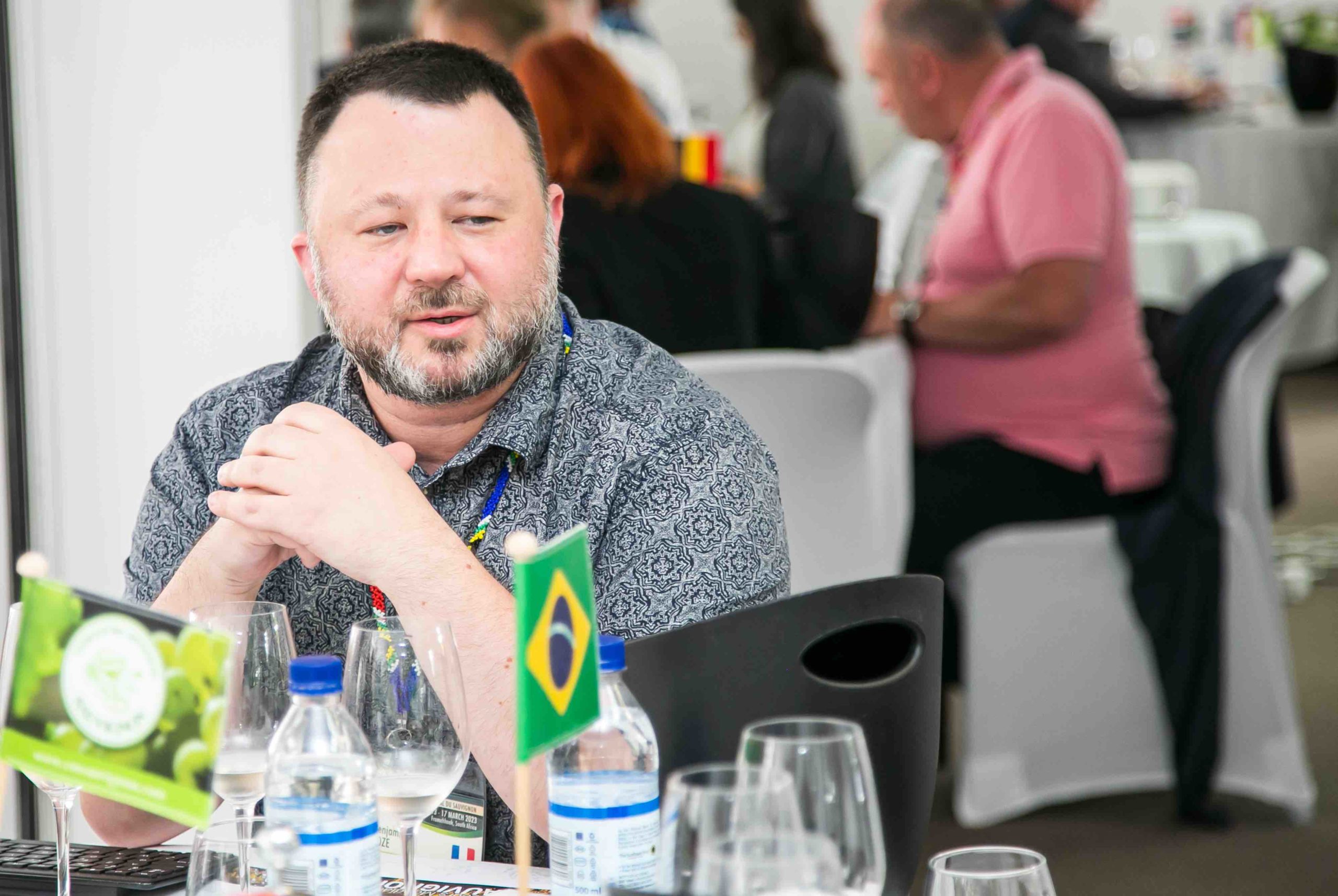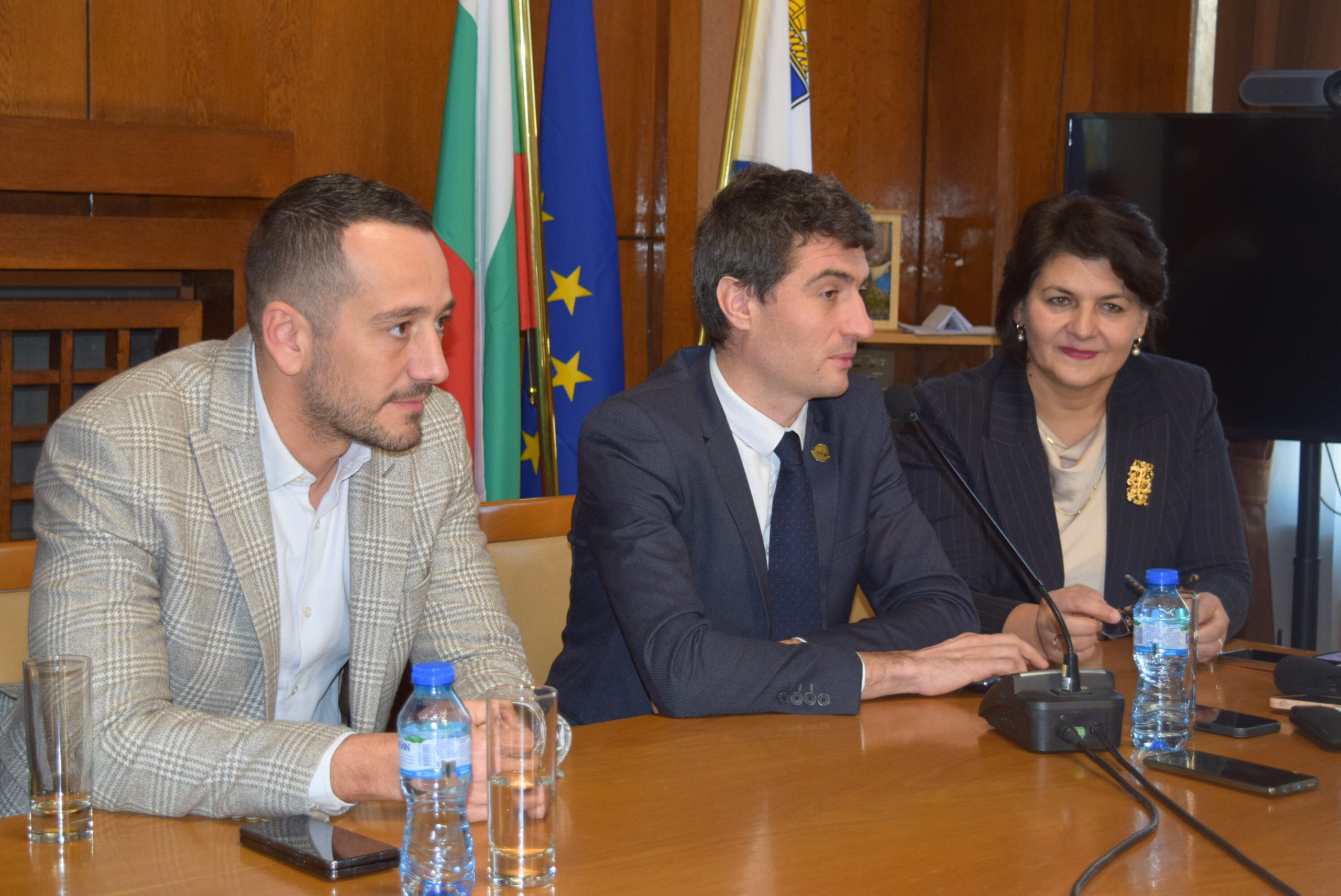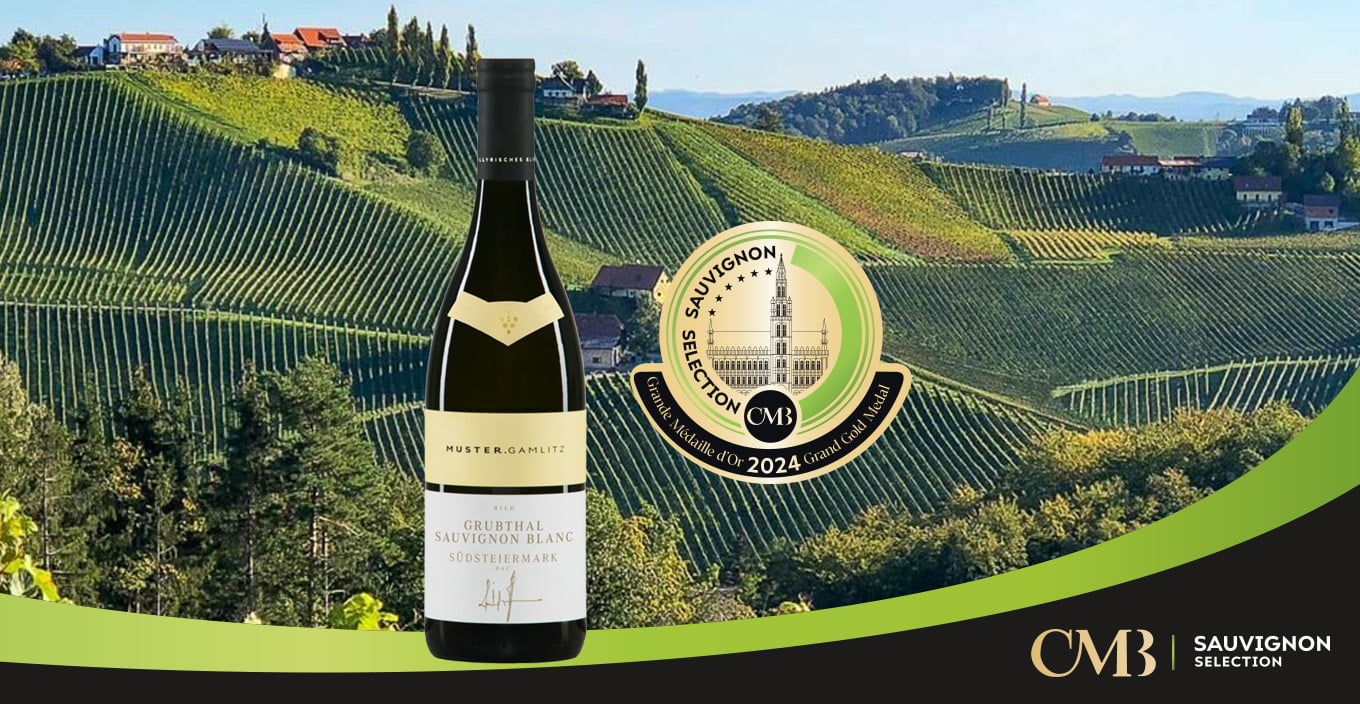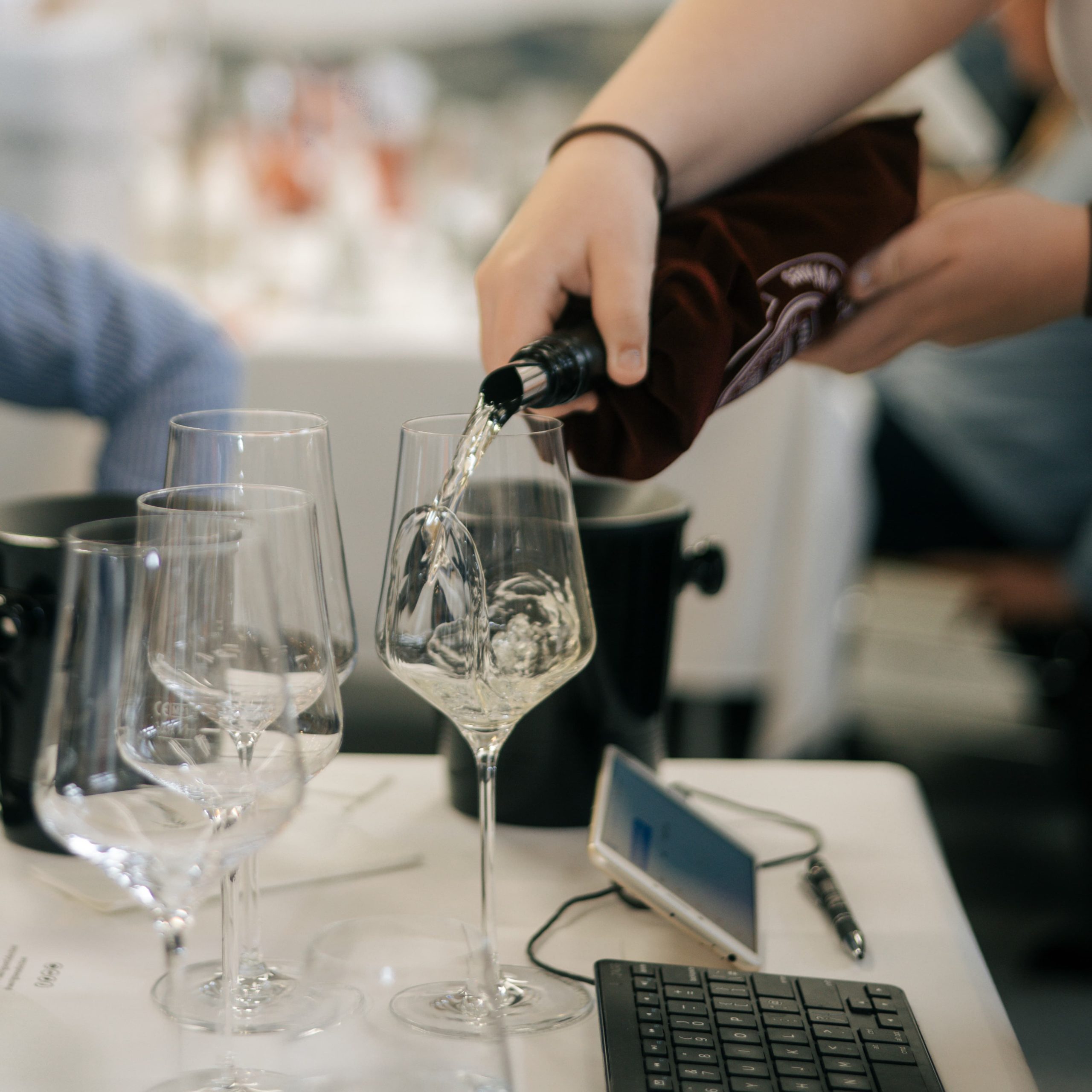“Sauvignon blanc is one of the most promising varietals there is”

Benjamin Loze is a wine buyer for the Match and Cora supermarkets in France. As a judge at Sauvignon Selection by CMB, he explains how Sauvignon blanc is perceived by French consumers and how the market is opening up to overseas iterations.
How significant is Sauvignon blanc in the range at Match and Cora supermarkets?
Excluding Alsace, Sauvignon blanc accounts for 13% of the range in our stores. Including all Alsace whites, which hold a significant share because of the regional focus of our wine department, Sauvignon accounts for just over 6% spanning IGP and AOP categories. As a comparison, Chardonnay accounts for 3% due to its high price points, mainly for Burgundy Chardonnay. For Sauvignon, we feature all categories, though IGP-labelled wines are in the majority.
What is the breakdown of IGP/AOP by region?
Occitania corners a significant share of the market for IGPs, whereas for AOPs, it’s the Loire. Drinking patterns also vary from one region to another, and between rural and urban areas. In Alsace, for instance, we sell mainly higher-end Sauvignons, clearly spearheaded by Sancerre and Pouilly Fumé. The category drivers – namely IGP/AOP wines priced between €5 and €7 which is the average price point for the varietal – clash head-on with Alsace whites in the region, so they struggle to find an audience there. IGPs are a clear choice in the countryside, whereas urban areas tend to favour AOPs. That’s because of higher disposable incomes and also the more extensive product range in towns and cities, with a greater density of wine merchants, which promotes more conversations and culture around wine.
The concept of varietal wine speaks more to a younger audience
Would you say there is a typical Sauvignon drinker?
The concept of varietal wine speaks more to a younger audience, even up to say 30 or 40 year-olds. Middle-aged consumers and above tend to have more of a terroir-driven rationale revolving around appellation wines. So far, we haven’t been able to quantify this because the metrics are not available but I think that in a couple of years’ time, as digitalisation really takes hold, we will find it easier to collect data about consumer profiles than in stores. In terms of wine style, Sauvignon appeals for its natural acidity, its accessibility and its freshness, all of which align with the expectations of a whole new generation of consumers. It also works well for casual aperitif-type occasions. The French tend to prefer the more tense, youthful styles of Sauvignon, which I sometimes feel is a shame because it is a variety that has good ageability, a lot more than people think.
Are the French more receptive to the varietal wine concept than they used to be?
Yes. Over the past few years, including for appellation-labelled Sauvignon, I have been stating the varietal. For example, a couple of years ago I changed the blend of my white Bergerac so that it contained at least 85% Sauvignon and I could then mention the varietal. It has become a key to accessing the market. The reason why French wine consumption is declining in favour of beer, for instance, is because the wine department is extremely complex and very stress-inducing for consumers who are baffled by the choice of wines. To put it simplistically, consumers associate a varietal with a flavour and a region, which they either like or don’t, but this becomes a cue. The challenge is to push forward changes in regulations, but the name of the grape variety has become a very commonly used term.
In the future we will find it easier to sell a Sauvignon from New Zealand or South Africa than from Bordeaux
In some markets, Sauvignon is at the pinnacle of success. How would you describe its status in France?
Aside from a few Loire appellations, which have a great reputation and are in a league of their own, most of the time Chardonnay has a higher-end image than Sauvignon, mainly due to the fact that Chardonnay is from Burgundy and Burgundy generally speaking has an expensive, or at least high-end image. In terms of reputation, Sauvignon has carved out a place for itself through the IGP category, so there is always a psychological barrier we struggle to break through – its average price point is €5-6. During this autumn’s in-store wine festivals, for the first time we tested a Sauvignon from New Zealand and one from South Africa. The upshot was that the South African Sauvignon outstripped its New Zealand counterpart by a long chalk – the resale rate for New Zealand was 40%, rising to 65% for South Africa. The reason for this was the price – there was a two-euro price difference between the two. The South African Sauvignon retailed for €4.95, which aligns with the average price point for Sauvignon in the French market. We were happy with the test and will be renewing it. Ultimately, Sauvignon blanc is one of the most promising varietals there is. It has huge potential and I for one am a firm believer in it. Also, I think that in the future we will find it easier to sell a Sauvignon from New Zealand or South Africa than from Bordeaux, which is quite sad.
Sauvignon appeals for its natural acidity, its accessibility and its freshness
To broaden its consumer audience, should the style of Sauvignon evolve?
At the moment, it is a challenge to make changes to the style because Sauvignon is enjoyed for its freshness and associated with aperitif-type occasions or with the start of a meal. People who buy Sauvignon blanc are looking for acidity, brightness and nervy, citrus-driven wines rather than roundness and floral aromas. It’s very difficult to take it out of this context. I think that Sauvignon’s stylistic breadth and ageability will probably involve a change of closure. I am a firm believer in screwcaps. This is the way the market is headed and for Sauvignon blanc it would broaden the range of styles available and change consumers’ mindset. A few months ago, I tasted a 2010 vintage Pessac-Léognan by Château La Louvière. It was 85% Sauvignon with a screwcap and it was magnificent. The same wine with a cork closure is absolutely not what average consumers are looking for – the oxidation was a lot more obvious with a lot more tertiary aromas whereas consumers tend to prefer primary aromas.
From a storytelling perspective, Sauvignon has a genuine edge because it adapts to multiple vineyard sites and climates
How do you see the future of Sauvignon blanc in France?
In my opinion, it involves exploring Sauvignon blanc through New World wines, or at least non-French wines. In terms of innovation, I think Sauvignon already ticks a lot of boxes. Consumers are very familiar with it and our intention is to introduce them to different styles from other countries so that we can pique their curiosity with the varietal. I have a lot of faith in South African wines, probably more than New Zealand in the French market because New Zealand has a reputation for producing commercial wines whereas South Africa, through its history, has more of a culture-driven image. So, it resonates much more with French consumers. Also, the more French wine consumption declines, the more consumers will become interested in the producers, environment, provenance and history of wines. From a storytelling perspective, Sauvignon has a genuine edge because it adapts to multiple vineyard sites and climates. Its natural freshness makes it extremely popular. It is also variety you can have fun discovering, you can play around with different styles – Sauvignon certainly has a much more fun side to it than Chardonnay. And digitalisation will help us reach out to consumers and engage with them about all its different styles.
Sharon Nagel


